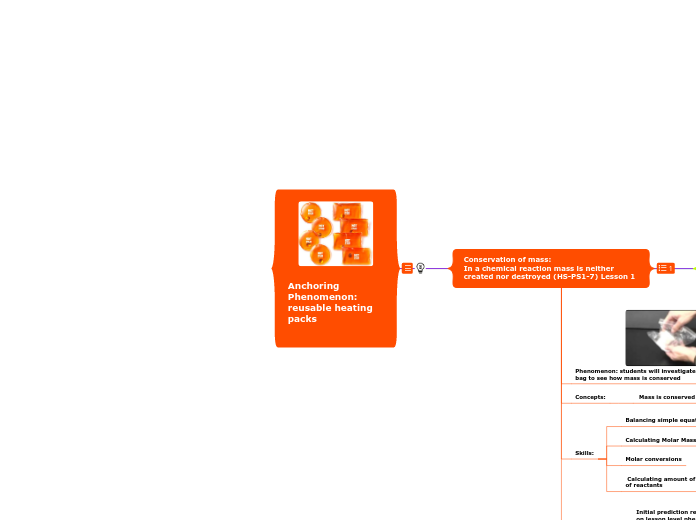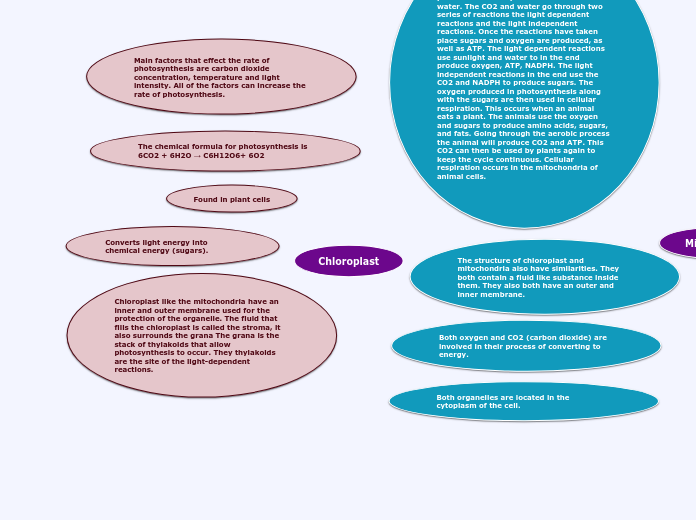Chemistry Study
Typical State of Matter
Types of Reactions
Total combustion
Double Displacement
Acid - Base
Ha+bOH = AB + H2O
ab + cd = ad + cb
Single Displacement
a + bc = b + ac
Check solubility table
Check reactivity table
Only higher reactivity can displace
Decomposition
ab + energy = a + b
Synthesis
a + b= ab
Balancing Reactions
Redox
Electrons should add up
Hydrogen first, oxygens last
Basic
Elements should add up
Classification of Matter
Mixtures
Heterogeneous
Colloid
Alloy (s)
Solution (aq)
Homogeneous
Pure
Compounds
Steal Electron
Non-metal + Non-metal
Share electron
Metal + Non-metal
Elements
Types
Row 2: Alkaline Earth Metals
Row 1 - Hydrogen: Alkalies
Diatomic
H + 3 block upside-down L
Separation of Mixures
Fractional Distillation
Simple Distillation
Centrifugation
Chromatography
Subtopic
Separating Funnel
Sepa
Notation Rules
Capitalise only first letter in element
aq
Aqueous (solution suspended in H2O)
s
Solid
l
Liquid
g
Gas
Acids and Bases
Chemical Indicaters
Universal Indicater
Red acidic - Green Neutral - Purple Basic
Penothalyn
Clear to pink in base
Cabbage Juice
Red to blue in base
Blue Litmus Paper
Red Litmus Paper
Red in acid, blue in base
Methyl Orange
Redder in Acid
Bromethyl Blue
Yellow in Acid
Bases
Carbonate Base
X-CO3
Hydroxide Base
X-OH
Organic Base
Citric
Formic acid.
Acetic acid.
Lactic acid.
Oxyacids
H-X-O
Binary Acids
H-X
PH Scale
Negative logarithm of 10 of hydrogen ions
14-Max of conventional bases
7-Neutral
0-Max of conventional acids
Naming Substances
Acids
Covalent
(#)Nonmetal + (#)Nonmetal
10
Dec(a)-
9
Non(a)-
8
Oct(a)-
7
Sept(a)-
6
Hex(a)-
5
Pent(a)-
Tetr(a)-
Tri-
Di-
Mono-
Leave out for first element
Ionic
Polyatomic Ions
Others
Oxyanions
4
per-x-ate
3
-ate
2
-ite
1
Hypo-
Metal + Non-metal+ (ide)
Special Cases
Gold
Aur[ous(1+)]/[ic(3+)]
Lead
Plumb[ous(2+)]/[ic(4+)]
Tin
Stann[ous(2+)]/[ic(4+)]
Copper
Cupr[ous(+)]/[ic(2+)]
Iron
Ferr[ous(2+)]/[ic(3+))
Metal Ions
Use roman numerals
eg. Nickle (II) chloride









